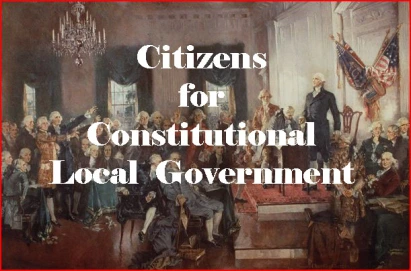A little bit of history is good for the soul; it puts a perspective on why things are the way they are. Let’s go back before modern times and the creation of the modern HOAs as outlined in the 1964 The Homes Association Handbook.
Who controls and owns the land? Well, it was he who conquered it and took it from some other governing person or body. In 1077 William the Conqueror from Normandy took control of England from the Saxons, who earlier took it from the Anglos (Anglo-Saxons).
The social/economic system was known as feudalism in which serfs or peasants called vassals, were given some land called fiefs by the owner, known as the Lord (of the manor). The vassal was to work the land and paid for the grant from the Lord in terms of produce, services, and money. (It also included serving in the army to defend his Lordship).
In short, William as the “high” Lord gave land to his Nobles who became his vassals. The vassals, in time, “sublet” their lands and created another level of Lord-Vassal relationships, each subservient to the original grant, and so on.
“The consequence of the feudal system was the creation of very localised groups of communities which owed loyalty to a specific local lord who exercised absolute authority in his domain. As fiefs were often hereditary, a permanent class divide was established between those who had land and those who rented it.” (Feudalism – World History Encyclopedia).
By this time the parallels can be easily identified. Follow along with the modernization of feudalism that required changes and additions to real estate property laws and the doctrine of CC&Rs was invoked. As a necessity, the doctrine known as ”equitable servitudes” and was made part of the CC&Rs. Laid out in the Handbook, equitable servitudes replaced the grant from the Lord to his Vassal in such a way as to bind all future owners. In other words, the CC&Rs enabled perpetual control over the land or subdivision of today. Homebuyers are forced to be bound to this original CC&Rs, as validly amended.
Now to the legality that the owners never signed the CC&Rs created by the developer at the time of initial purchase. However, the servitudes were hampered by the doctrine of “running with the land” found in your CC&Rs, which proclaimed that the CC&Rs, in order to be binding on subsequent owners, had to be in place at first sale—to the developer. Consequently, from the get-go, homeowners bought into an adhesion contract that did not permit a give and take bargaining between seller and the new buyer — you — as required under contract law 101. I call it a huge GOTCHA!
So, here we are!



